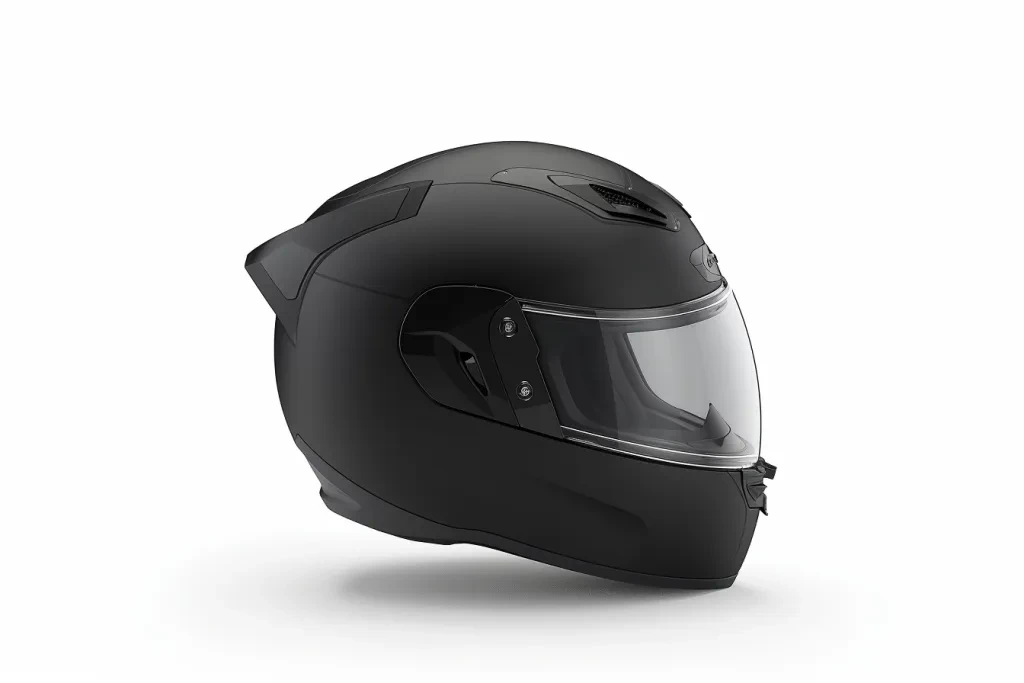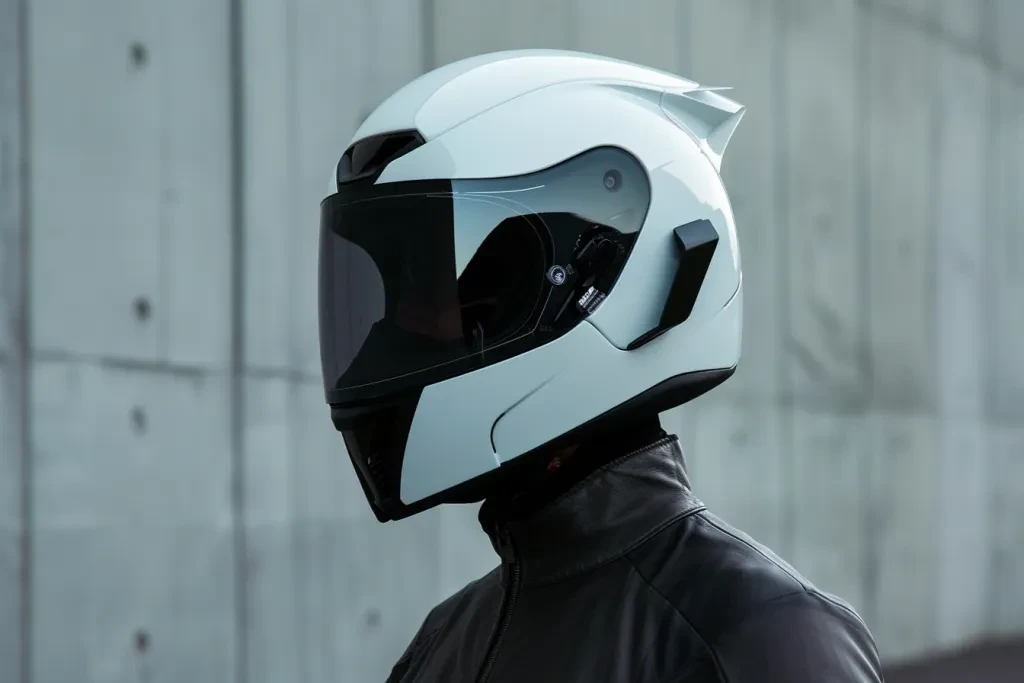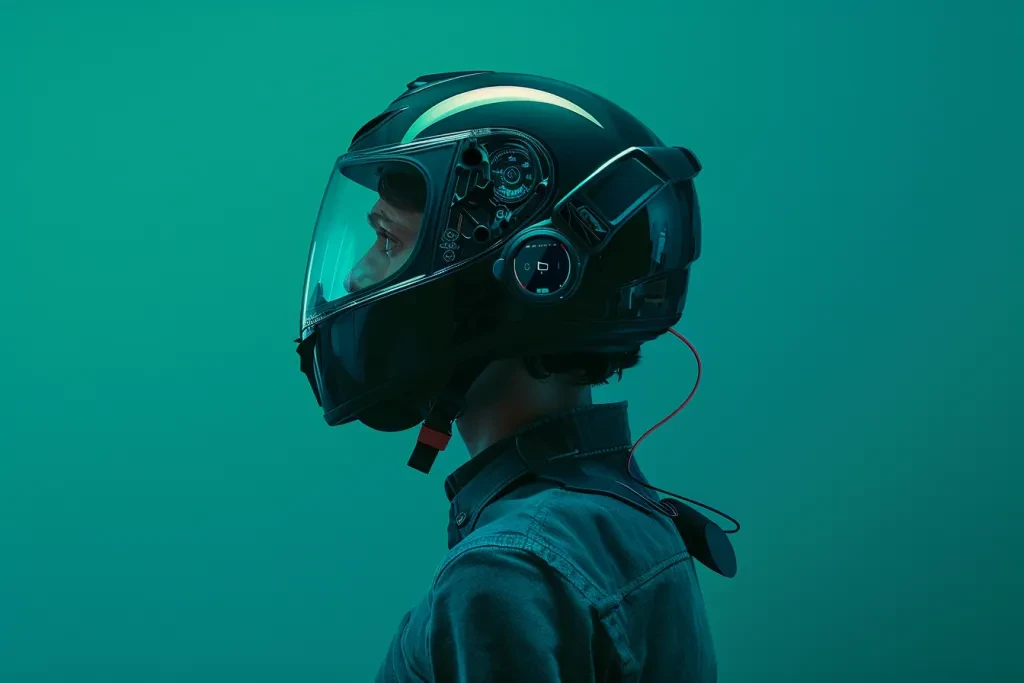In the ever-evolving world of motorcycle gear, the helmet communication system stands out as a game-changer. Offering a blend of safety, convenience, and connectivity, these devices have transformed the way riders interact with their environment and each other. Whether you’re a seasoned rider or new to the road, understanding the ins and outs of helmet communication systems can significantly enhance your riding experience.
Table of Contents:
– What is a helmet communication system?
– What does a helmet communication system do?
– How to choose the right helmet communication system
– How long do helmet communication systems last?
– How to replace a helmet communication system
– How much are helmet communication systems?
What is a helmet communication system?

A helmet communication system, at its core, is a device designed to be integrated into a motorcycle helmet, enabling riders to communicate with each other, make phone calls, listen to music, and receive GPS navigation instructions without needing to remove their helmets or use their hands. This technology uses various communication protocols, such as Bluetooth and mesh networking, to establish a stable and clear connection between devices. The primary components include a microphone, speakers, a control unit, and a battery, all engineered to withstand the unique challenges of the road, such as noise, wind, and weather.
What does a helmet communication system do?

The primary function of a helmet communication system is to enhance communication between riders. It allows for seamless, hands-free conversations, even at high speeds and over long distances, depending on the system’s range. Additionally, it connects to smartphones, enabling riders to answer calls, listen to music or podcasts, and follow GPS navigation with ease. Advanced systems also offer features like voice commands and intercom functionalities for group rides, making it easier to coordinate and share experiences without stopping or compromising safety.
How to choose the right helmet communication system

Choosing the right helmet communication system involves considering several key factors. First, assess the system’s compatibility with your helmet and whether it supports Bluetooth or mesh networking, as this will affect connectivity and range. Battery life is another critical aspect, as it determines how long you can use the system on a single charge. Look for systems with at least 8-10 hours of talk time for extended rides. Additionally, consider the number of riders you wish to connect with and the ease of use, including how straightforward it is to operate the controls while wearing gloves.
How long do helmet communication systems last?

The lifespan of a helmet communication system is influenced by its build quality, usage frequency, and maintenance. On average, a well-maintained system can last between 3 to 5 years before needing a replacement. Battery life is a limiting factor, as rechargeable batteries degrade over time. Regular firmware updates and proper care, such as keeping the device clean and avoiding exposure to extreme temperatures, can extend its service life, ensuring it remains a reliable companion on your rides.
How to replace a helmet communication system

Replacing a helmet communication system can be straightforward, provided you choose a compatible model with your helmet. Begin by carefully removing the old unit, ensuring not to damage the helmet’s structure. Most systems come with detailed instructions for installation, which typically involve positioning the speakers, microphone, and control unit, then securely fastening them inside the helmet. It’s crucial to follow the manufacturer’s guidelines to maintain optimal functionality and safety standards.
How much are helmet communication systems?

The cost of helmet communication systems varies widely based on features, brand, and technology. Basic models, offering essential functions like two-rider communication and Bluetooth connectivity, can start from a modest price point. More advanced systems, equipped with long-range mesh networking, multiple-rider connectivity, and superior audio quality, can command higher prices. When considering the cost, it’s important to balance your budget with the features and performance you need to enhance your riding experience.
Conclusion:
Helmet communication systems are an invaluable tool for modern riders, offering a mix of safety, convenience, and enjoyment that traditional communication methods can’t match. Whether you’re looking to stay connected with fellow riders, enjoy your favorite tunes, or simply make your rides safer and more enjoyable, there’s a system out there to meet your needs. By understanding the key features, lifespan, and replacement process, you can make an informed decision that elevates your riding experience to new heights.



